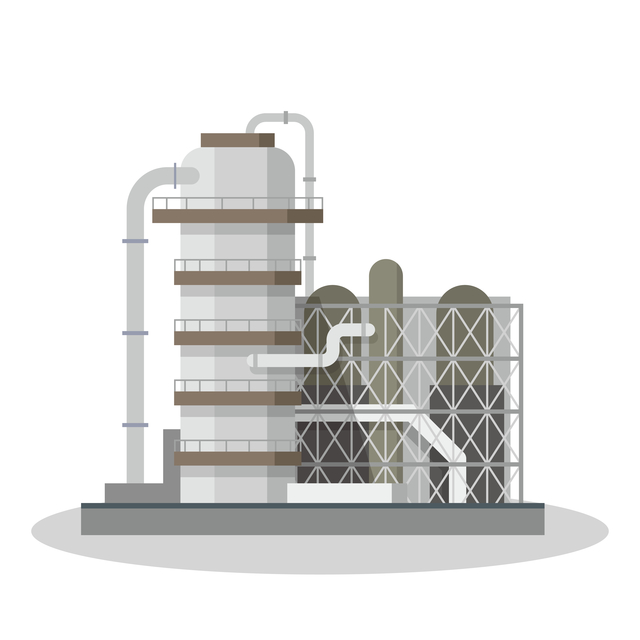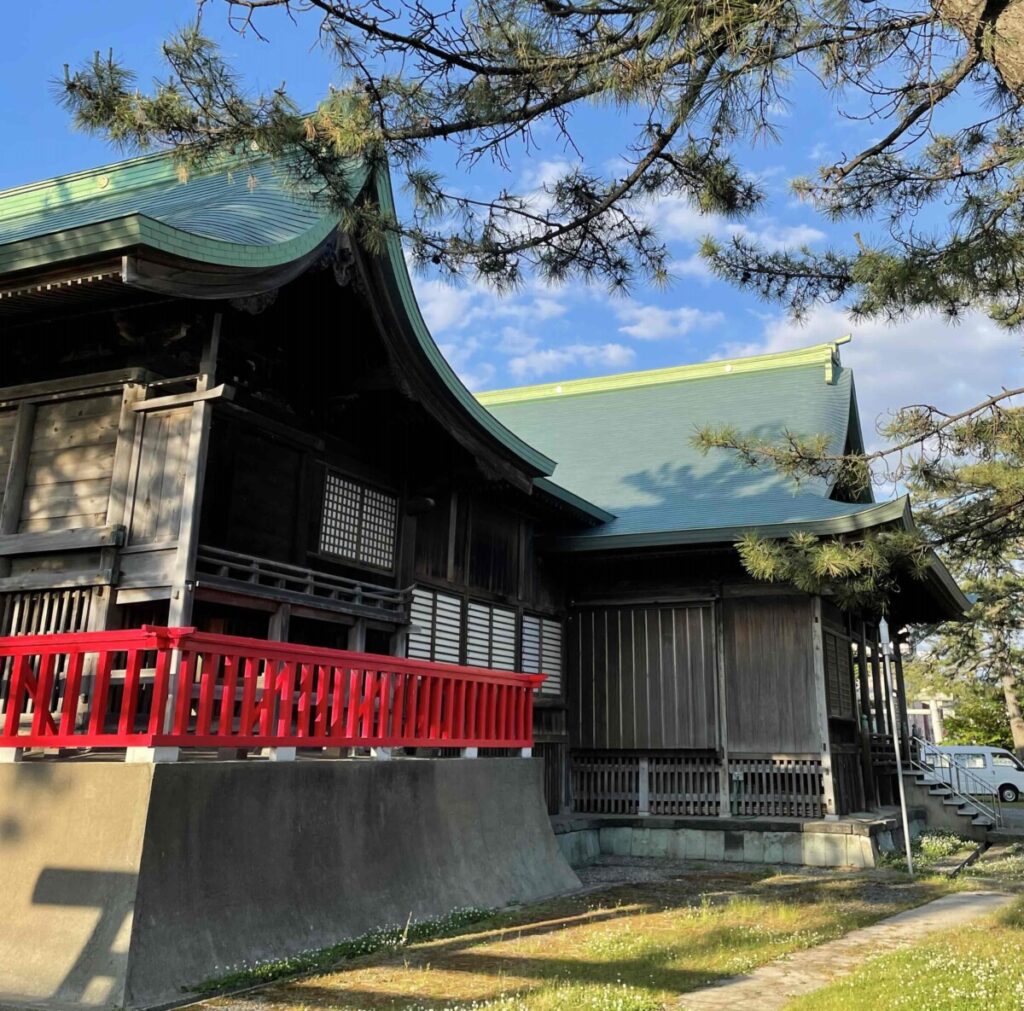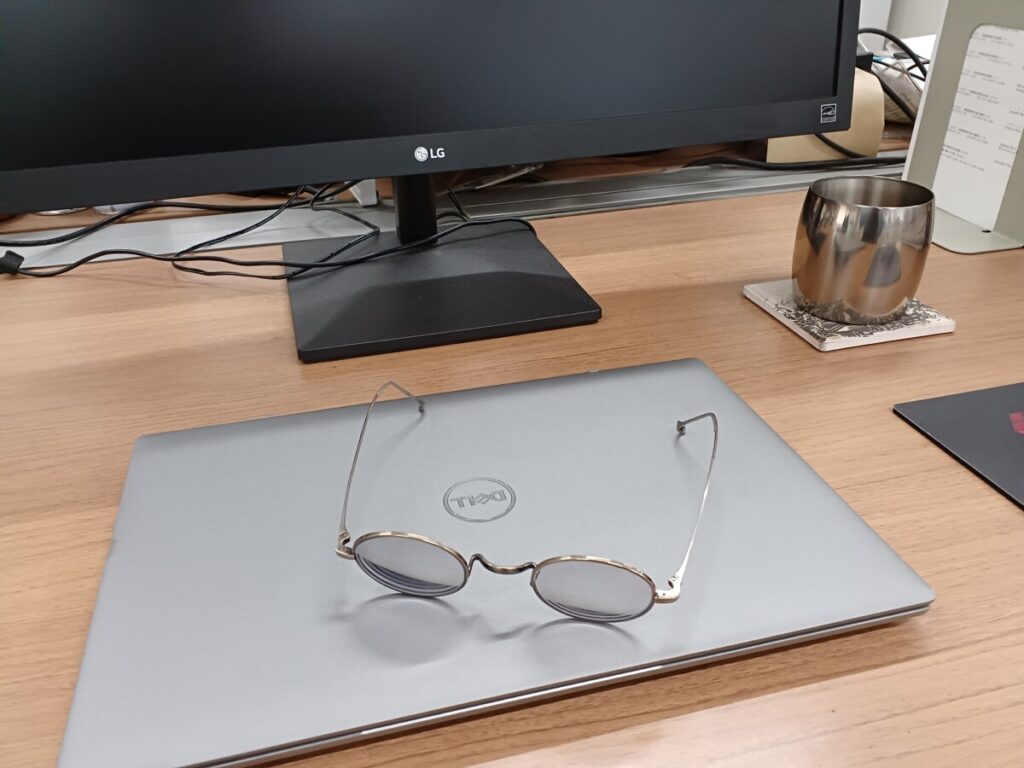Titanium Processing Methods (Cutting, Pressing, Welding, etc.) and Applications, Vol. 2”
- Product
- titanium

※)The content of this article reflects our opinion and does not guarantee completeness or accuracy. When purchasing or processing products, please consult with specialized professionals, including our company, and verify the material based on its intended purpose and application before use.
In Volume 1, we explained the types, characteristics, and properties of titanium as a material. In this volume, we will discuss processing methods such as cutting, bending, and welding, as well as specific applications.
Titanium Cutting
Titanium can be cut using methods such as laser cutting, wire cutting, and shearing. When the sheet is thin, shearing is used, but laser cutting is generally more common for other cases. Wire cutting is also possible; however, due to titanium’s high melting point, tendency to heat up quickly, and the fact that the cut surfaces can oxidize and harden, specialized expertise is required.
Titanium Processing ~Pressing and Bending~
When bending titanium using a press or bender, adjustments are necessary due to its greater springback compared to steel. This effect is particularly pronounced with high-strength materials.
When press-forming titanium, pure titanium is relatively easy to deep-draw due to its low work-hardening index (n-value) and higher Lankford value (r-value) compared to ordinary steels. However, it does not surpass interstitial-free (IF) steel, which is specially designed to improve deep-drawability, in terms of ductility, yield strength, or crystal structure.
Because titanium is prone to galling, proper lubrication is crucial. Depending on the shape, techniques such as warm forming in an inert gas atmosphere may be employed. Additionally, during press forming, adjustments for deformation caused by springback—similar to those required in bending—are also necessary.
Titanium Processing ~Machining~
Machining of titanium is not as favorable as that of SUS304. Similar to SUS304, titanium has low thermal conductivity, which causes the temperature to rise easily due to frictional heat. As the temperature increases, titanium can undergo thermochemical reactions with the cutting tool, leading to tool damage.
Cemented carbide tools are used. Although titanium in bulk form is a non-combustible material due to its surface being covered with oxides, care must be taken with chips and machining debris, as they are prone to ignition through oxidation reactions.
Titanium Processing ~Welding~
Titanium requires careful handling during welding due to its relatively high melting point and susceptibility to oxidation.
The primary welding method is TIG welding. Since titanium reacts with oxygen, nitrogen, and other elements in the air—causing embrittlement and reduced ductility—shielding with argon gas to block air exposure is essential.
In the case of titanium alloys, the behavior of phase transformation varies depending on the cooling conditions after welding, so post-weld heat treatment may be necessary.
Welding titanium to other metals (such as steel) is not feasible, as intermetallic compounds can form in the fusion zone, leading to embrittlement.
As such, welding titanium requires specialized skills, and it may be safer to entrust the task to professionals who have certified titanium welding technicians.
Applications of Titanium
Aerospace Field
The main application is in the aerospace industry. In addition to being lightweight and strong—with an excellent strength-to-weight ratio—titanium must also possess low-temperature toughness for airframes, while high-temperature properties are essential for engine components. It is used in cockpit window frames, seat rails, fan blades, fan cases, compressor blades, and landing gear. Titanium is increasingly adopted in military aircraft, where performance is a high priority.


Industrial Plant Sector
Another major application is in industrial plants. Titanium is particularly effective in chemical plants due to its corrosion resistance, and it is especially useful in systems that utilize seawater, such as heat exchangers. It is also applied in seawater desalination equipment, power plant condensers, and electrolytic cells.

Automotive Field
In the automotive and motorcycle industries, titanium is used for components such as connecting rods, engine valves, mufflers, and fuel tanks, taking advantage of its light weight, high strength-to-weight ratio, and corrosion resistance.

Construction Materials Field
In the field of construction materials, titanium is used for building facades—including those in coastal areas—and for the roofs of shrines and temples, taking advantage of its ability to produce vibrant colors and its high durability. In civil engineering, it is also used as a cover plate to protect steel materials against corrosion in coastal regions.


Medical Field
In the medical field, titanium is utilized for its biocompatibility in applications such as artificial bones, implants, spinal fixation devices, cardiac pacemakers, artificial valves, and surgical instruments.
Consumer Goods
In consumer products, titanium is used in everyday items such as eyeglass frames, bicycle frames, kettles, cups, cameras, golf club heads, and wristwatches.


This concludes the overview of titanium processing methods (such as cutting, pressing, and welding) and its applications.
In the next installment, Vol. 3, we will take a closer look at decorative titanium used in building materials and consumer products. Be sure to stay tuned!
“Our company is…”
We are a specialized trading company based in Japan, dealing in high-tensile steel and other special steels.
Please feel free to contact us.
Feel free to email us.
↓↓↓
info@kumagai-steel.co.jp

